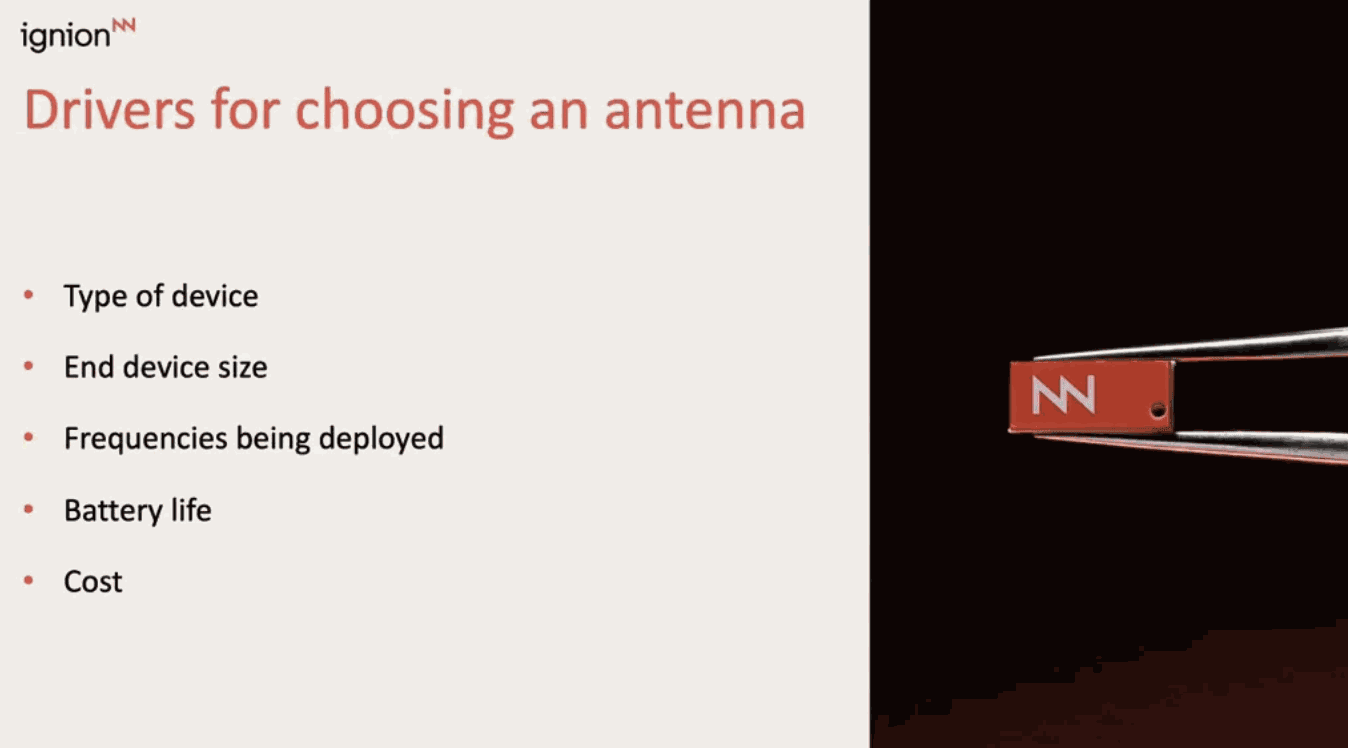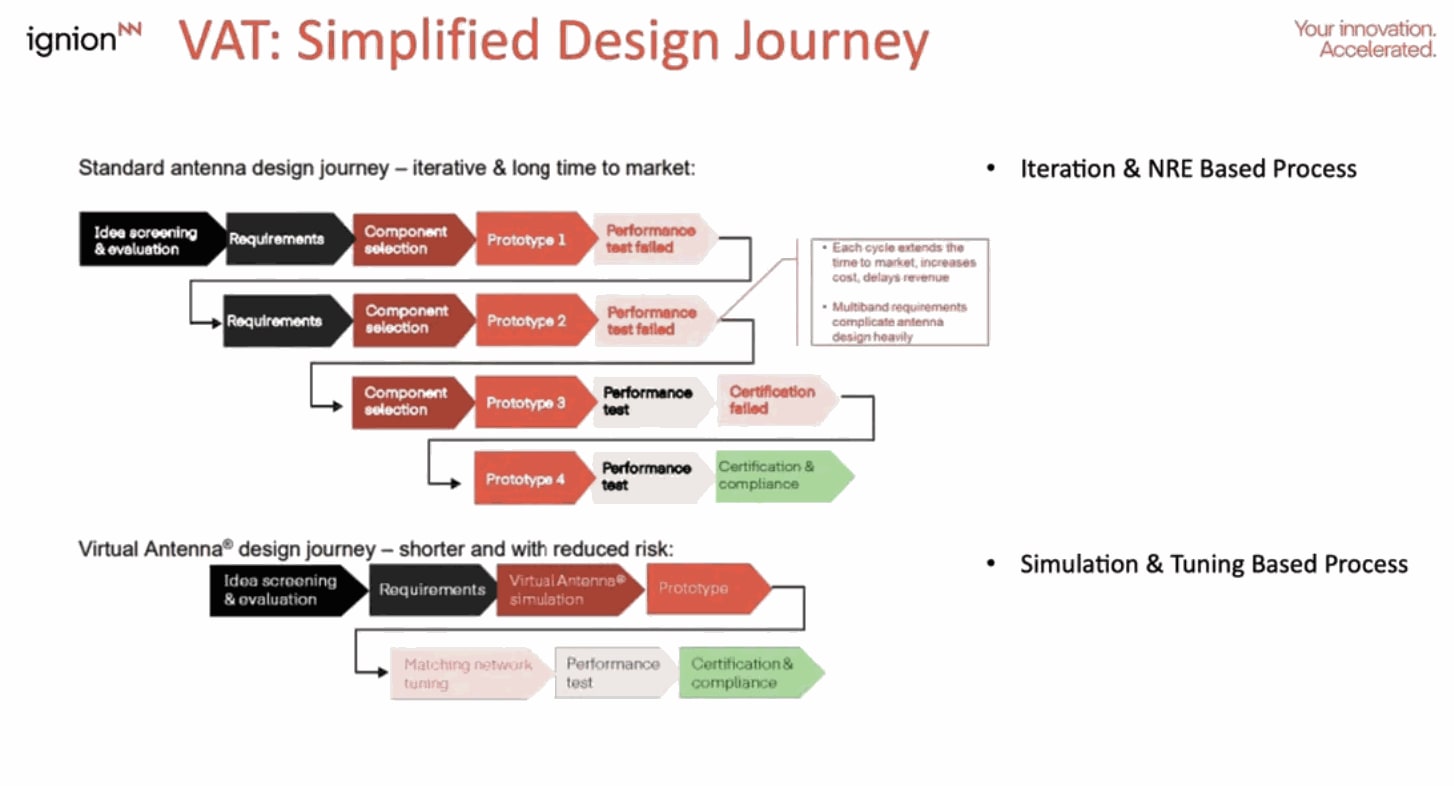Webinar Summary
The following summary is auto-generated from the webinar recording.
Welcome to our deep dive into selecting the right antenna for your IoT project. This is a topic that generates a lot of questions, and today, we aim to provide clarity. Whether you're designing for cellular connectivity or exploring different radio access technologies, understanding how to choose the right antenna is crucial. Let's jump right in!
Introduction to Wireless IoT with Blues
Before we get into the nitty-gritty of antenna selection, let’s briefly discuss what Blues is all about. Our mission is simple: to simplify wireless connectivity. We focus on securing data from the moment it's acquired by a sensor until it reaches your cloud application of choice. Our hardware solutions are designed to be low power, offering as low as eight microamps when idle.
We prioritize developer experience, which is evident through our easy-to-use JSON-based APIs. The beauty of our system is that it allows for swappable hardware and APIs, enabling you to use different radio access technologies without changing a single line of code.
Understanding Antennas with Ignion
Now, let’s shift gears and talk about antennas. One of the most common questions we receive is, “Which antenna should I use?” This depends on various factors, such as the physical enclosure of your device, the environment in which it will operate, and the specific radio access technology you’re utilizing.
We are fortunate to partner with Ignion, a leader in antenna solutions. Their chip antennas are designed to be small and efficient, making them ideal for IoT applications. Ignion's antennas are particularly beneficial in industrial IoT, asset tracking, and sensor devices.

The Role of Antenna Placement
When considering antennas, it’s vital to think about placement on your PCB. The rule of thumb is to consider the antenna first before finalizing your PCB design. If you place the antenna correctly from the start, you will save time and money in the long run. If you wait until the end to add the antenna, you might find yourself needing to redo your design entirely.
Factors to consider include:
- Type of device and its intended use (e.g., wearable, mounted on metal containers)
- Frequency and protocols being used
- Physical dimensions of your PCB

Choosing the Right Type of Antenna
At Ignion, we refer to our antennas as virtual antennas. Unlike traditional chip antennas that have a fixed frequency, our antennas can be tuned to a specific frequency based on your PCB layout. This flexibility allows for better performance across various applications.
We have a range of antennas that can cover frequencies from 450 MHz to 10.6 GHz. Here are some examples:
- Small Antennas: Best for higher frequencies.
- Medium Antennas: Suitable for a range of applications.
- Large Antennas: Designed for low-frequency applications.

The Antenna Intelligence Cloud (AIC)
Ignion offers an online design tool called the Antenna Intelligence Cloud (AIC). This tool allows you to input your specific requirements—protocol, frequency, and PCB size—and it provides an initial performance estimate. This is an invaluable resource for avoiding costly prototypes.
The AIC is free to use and can be accessed as many times as you need. It generates a report that includes recommended antenna placements and layout suggestions for your matching network.

Engineering Support and Prototyping
Once you have your design, Ignion offers extensive engineering support throughout the development process. This includes reviewing your Gerber files and providing feedback on antenna placement and component selection. Their goal is to help you get to production quickly and efficiently.
In many cases, you may only need one prototype to finalize your design, significantly reducing the time and resources required to reach the market.

Real-World Applications and Case Studies
Let’s take a moment to discuss a real-world application of these technologies. Our partner Mass Melt has successfully integrated Blues and Ignion products to create effective IoT solutions. They focus on industrial IoT, electrification, and automation, which often require robust antenna solutions.
The flexibility of using the same M.2 slot for different connectivity technologies has proven invaluable for rapid prototyping and development.

Q&A Session
We always encourage questions from our audience. Here are some of the most frequently asked:
- Can one antenna work for GPS, cellular, and Wi-Fi? Yes, with the right configurations, particularly using our Trio antenna.
- What is the impact of enclosure material on antenna performance? Enclosures can significantly affect performance. Metal enclosures may require external antennas to function effectively.
- How can I ensure my design is optimized for multiple frequencies? Utilize the AIC tool to simulate and adjust your design before you commit to a prototype.
Conclusion
Choosing the right antenna for your IoT project can seem daunting, but with the right tools and partners, it doesn't have to be. By leveraging the resources provided by Blues and Ignion, along with the AIC tool, you can streamline your design process and ensure a successful deployment.
Thank you for joining us today! We hope you found this information helpful and look forward to seeing your innovative IoT projects come to life!
